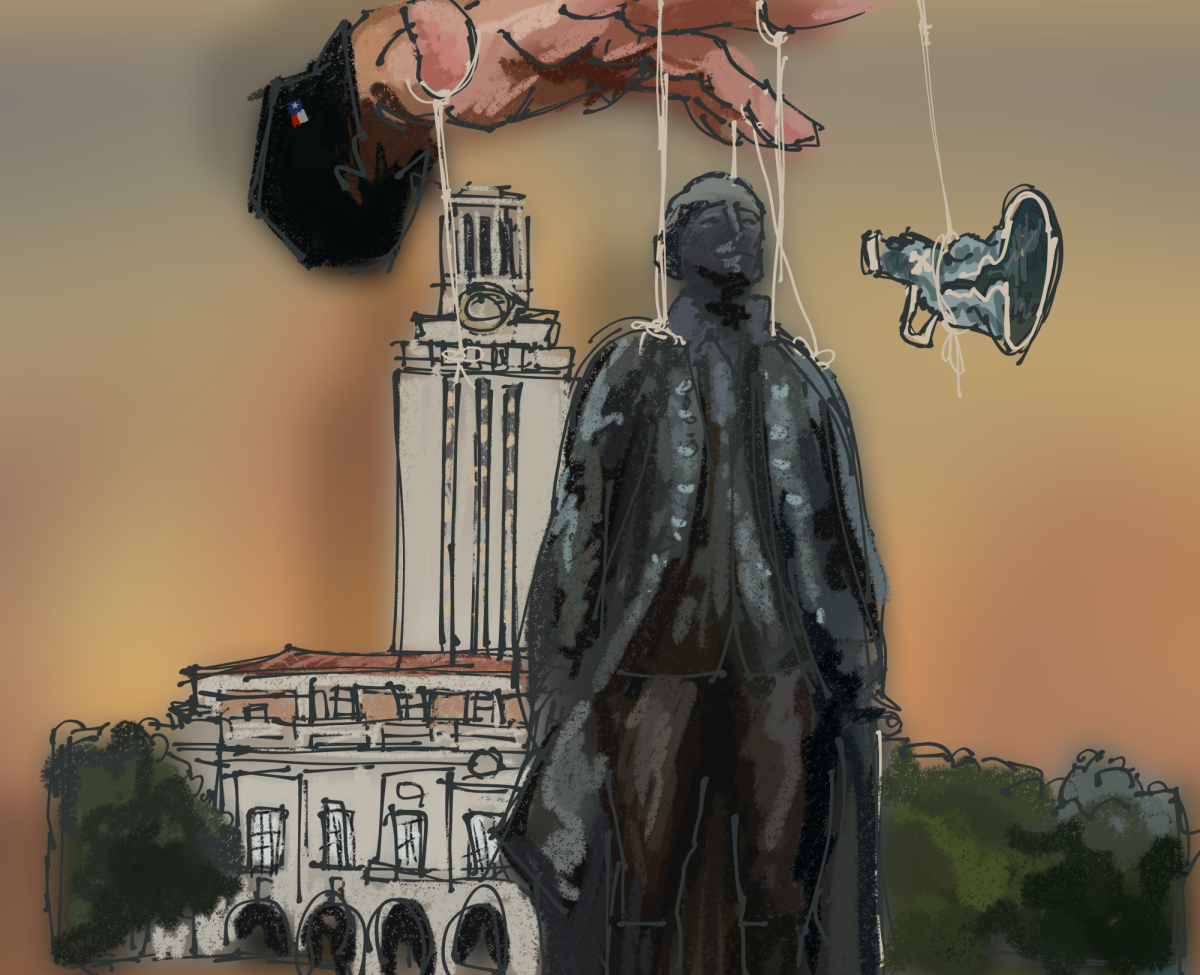First dorm room, first midterm, first college party. The college student’s initial year away from home is full of exciting firsts. But when placed in this new environment, college students will also face another not-so-exciting first: exposure to new allergens.
University Health Services (UHS) treats students with allergies quite often. Per the department’s website, UHS offers UT students who have already started an allergy desensitization program the ability to continue their shots at UHS. In addition, UHS offers services that any primary care doctor or provider can offer for the initial treatment of allergies. Only when a student has either allergies that aren’t responding to the initial treatment or complications are they referred to an allergist in the community. In other words, UHS can cover most of the process before a specialist needs to step in.
However, students suffering from allergies have nowhere on campus to get tested for what they are allergic to. Students must venture off campus to see an allergist to start an allergy desensitization program. They also cannot see an on-campus allergist to receive a new prescription.
So the question of the hour is, should UHS employ on-site allergists? My answer is no — not yet, anyway. If students want specialized services on campus, they need to let UHS know first.
There are a couple of reasons why. First, if on-site allergists were employed, students would lose the affordability that UHS care offers.
“If on-site allergists were employed, we would either charge the student the costs that an allergist would get in private practice for the cost of that service, or we would have to cut back on other services that we offer,” said Dr. Melinda McMichael, UHS interim executive director and chief medical officer. “We would have to have fewer primary care doctors available for students to see, so it becomes a matter of deciding where you put your resources.”
Furthermore, the widespread student need for an on-site allergist has not been demonstrated yet.
“I think (employing on-site allergists) would also involve a process of, let’s say we had extra money, then I think a step would be to do an assessment of our (patient-completed feedback) surveys (asking), if we had money to add additional services, what service would be the most valuable to the most students?” McMichael said.
From here, if students did report a need for on-site allergists, UHS would still have to weigh the costs. It is a balancing act between limited resources and near limitless student needs. “Would it be nice to have a whole slew of specialists on staff? Sure, but you have to decide, okay, we can pay this much money to have this specialist, and it will help, I don’t know, 20 students,” McMichael said. “I’m just picking a number. Is that an appropriate use of resources?”
McMichael makes a valid point. There are plenty of students who need on-site neurologists, gastroenterologists, cardiologists and so on. So how does the UHS choose what service to provide? The answer has to lie within what most students openly communicate they need.
For now, students should take their after-appointment surveys seriously. If they do in fact want on-site allergists, they need to voice it. UHS looks at these surveys to determine what services should be provided.
“We try to keep alert and attentive to what we’re hearing from students, what we’re hearing from faculty, from things that are in the media that we need to pay attention to like vaping, so we’re always trying to be alert and make sure that our services are as comprehensive (and) as responsive as possible,” McMichael said.
Marlatt is an international relations and global studies freshman from Missouri City, Texas.





















